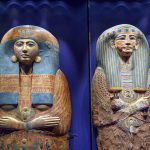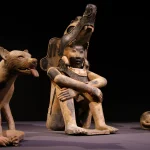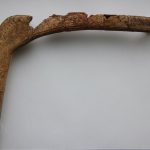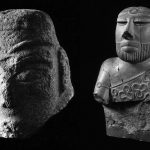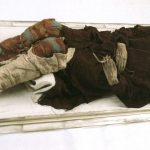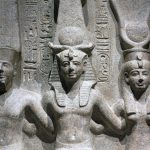The World’s Oldest Known Artificial Eye Discovered
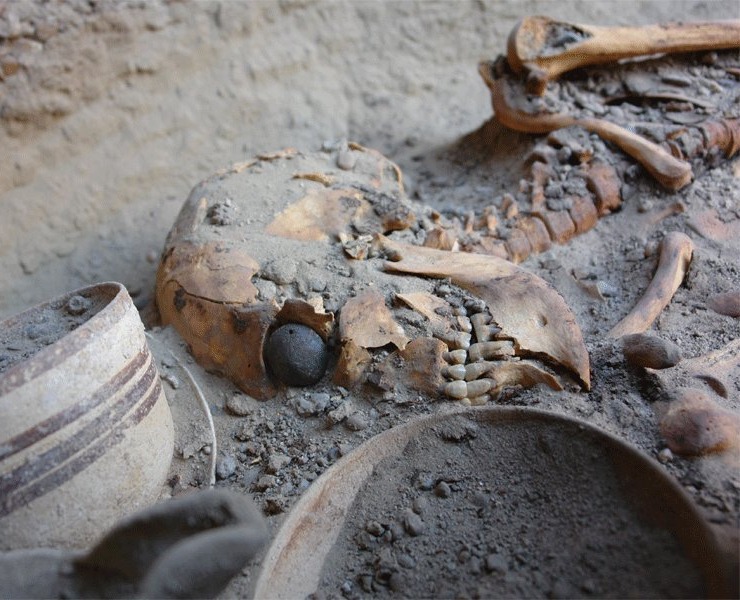
An ancient prosthetic eye, dating back to around 2900–2800 BC, was discovered in Iran—still positioned in the eye socket of a woman’s skull.
This discovery sheds light on the early history of prosthetics, including artificial eyes, legs, and arms. The craftsmanship of the eye also reflects early understandings of light, vision, and the functional and symbolic purposes of prosthetic devices in antiquity. Artificial eyes have existed for thousands of years—not only to improve appearance, but also to prevent tissue overgrowth in the eye socket and protect it from debris in the absence of bandages.
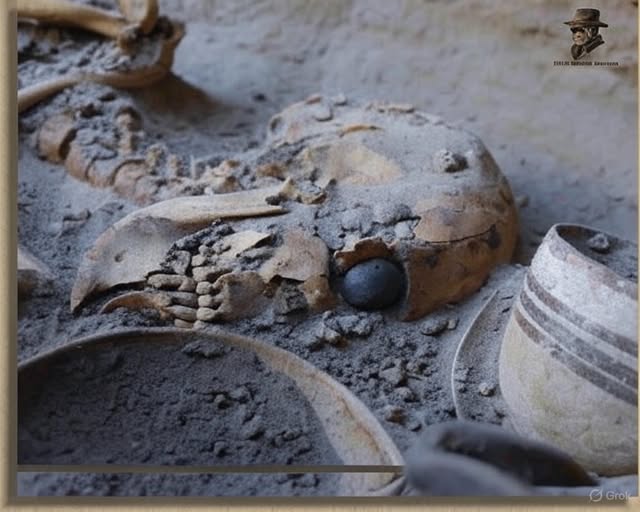
The artifact was unearthed at Shahr-e Sukhteh (“Burnt City”), a Bronze Age urban settlement in what is now southeastern Iran. The area experienced several major fires beginning around 3200 BC. Based on the dating of artifacts found at the site, archaeologists believe the city was abandoned around 2350 BC. Excavations have been ongoing there since 1997.
The eye was found with the remains of a woman estimated to have stood about 1.8 meters tall. Evidence from the socket confirms she wore the prosthetic during her lifetime, rather than having it placed after death. She is estimated to have been between 25 and 30 years old at the time of her death.

According to archaeologists, the eye was made from a mixture of natural bitumen and animal fat—likely to keep it moist and durable some 4,800 years ago. The team was astonished by the artisan’s skill. The prosthetic features capillaries rendered in gold thread less than one millimeter thick. A round pupil is engraved at the center, surrounded by fine lines creating the iris. Two small holes on either side of the eye suggest how it was secured in place—soft gold wire was likely used to hold it in the socket, allowing for slight movement and preventing it from falling out. These details show a remarkable understanding of ocular anatomy.
Research indicates the woman wore the prosthetic in life, as eyelid tissue was still attached to the artificial eye. Scientists also found evidence of surrounding soft tissue on the skull. She had developed an abscess on her eyelid—likely caused by friction from blinking with the eye in place.
The woman’s grave also contained clay vessels, decorative beads, and jewelry. Remarkably, a leather backpack and bronze mirror were found in near-perfect condition. These findings suggest the woman held high social status, possibly even royal lineage, as only individuals of significant importance would have possessed such items.

